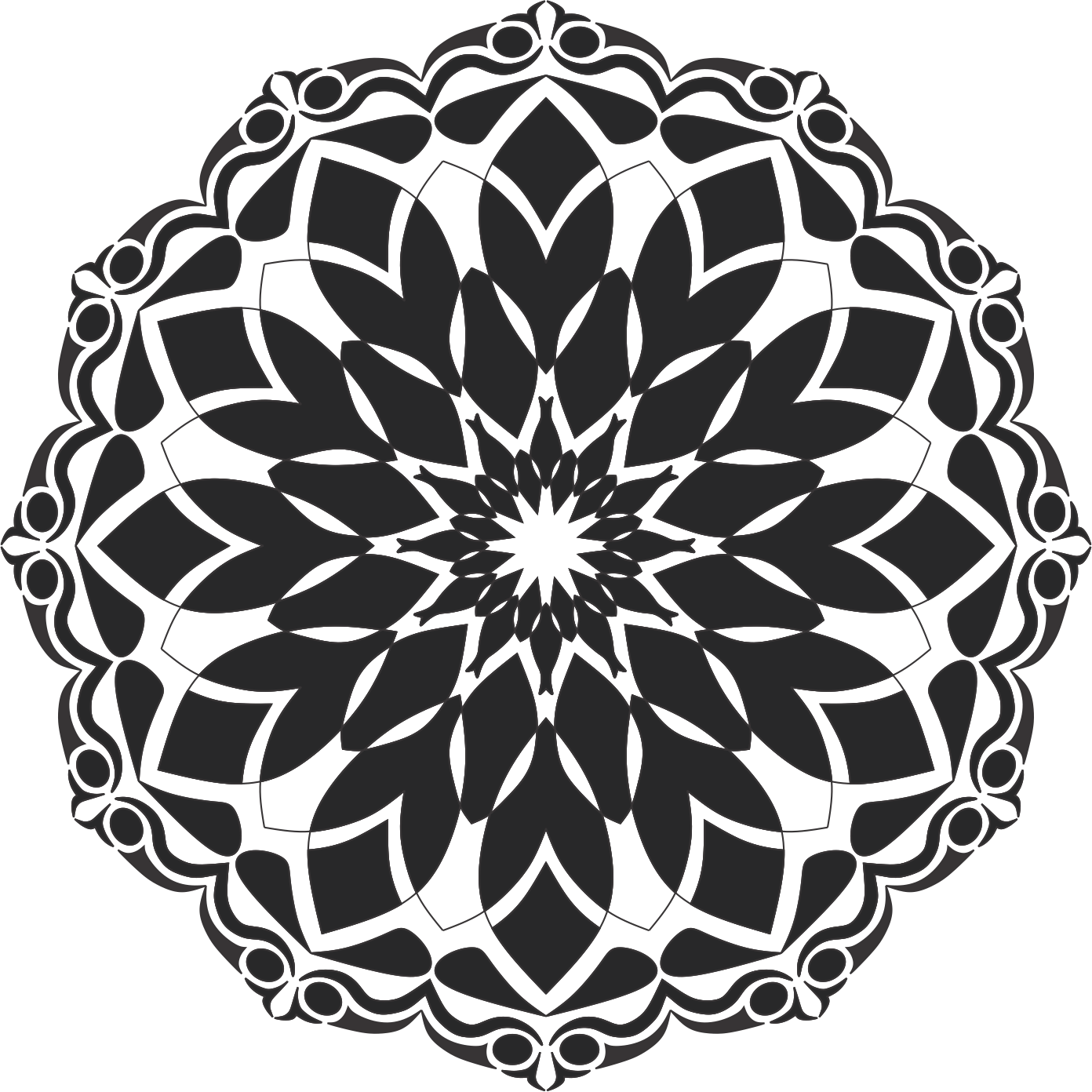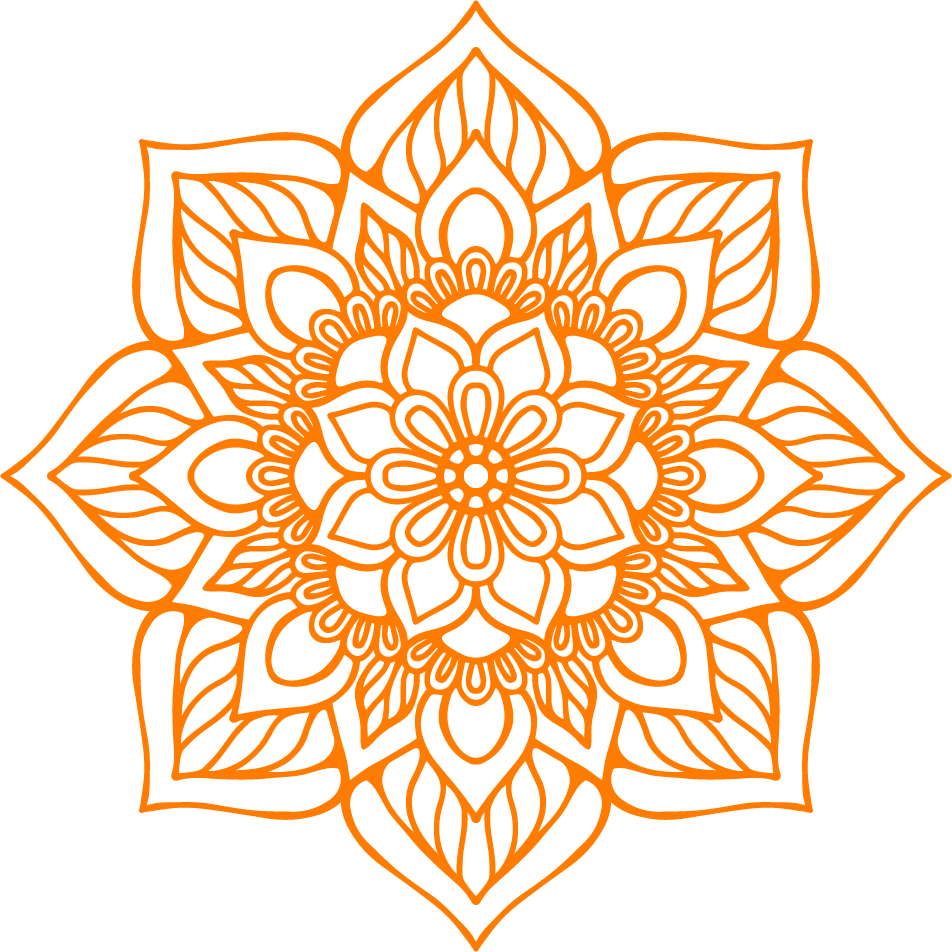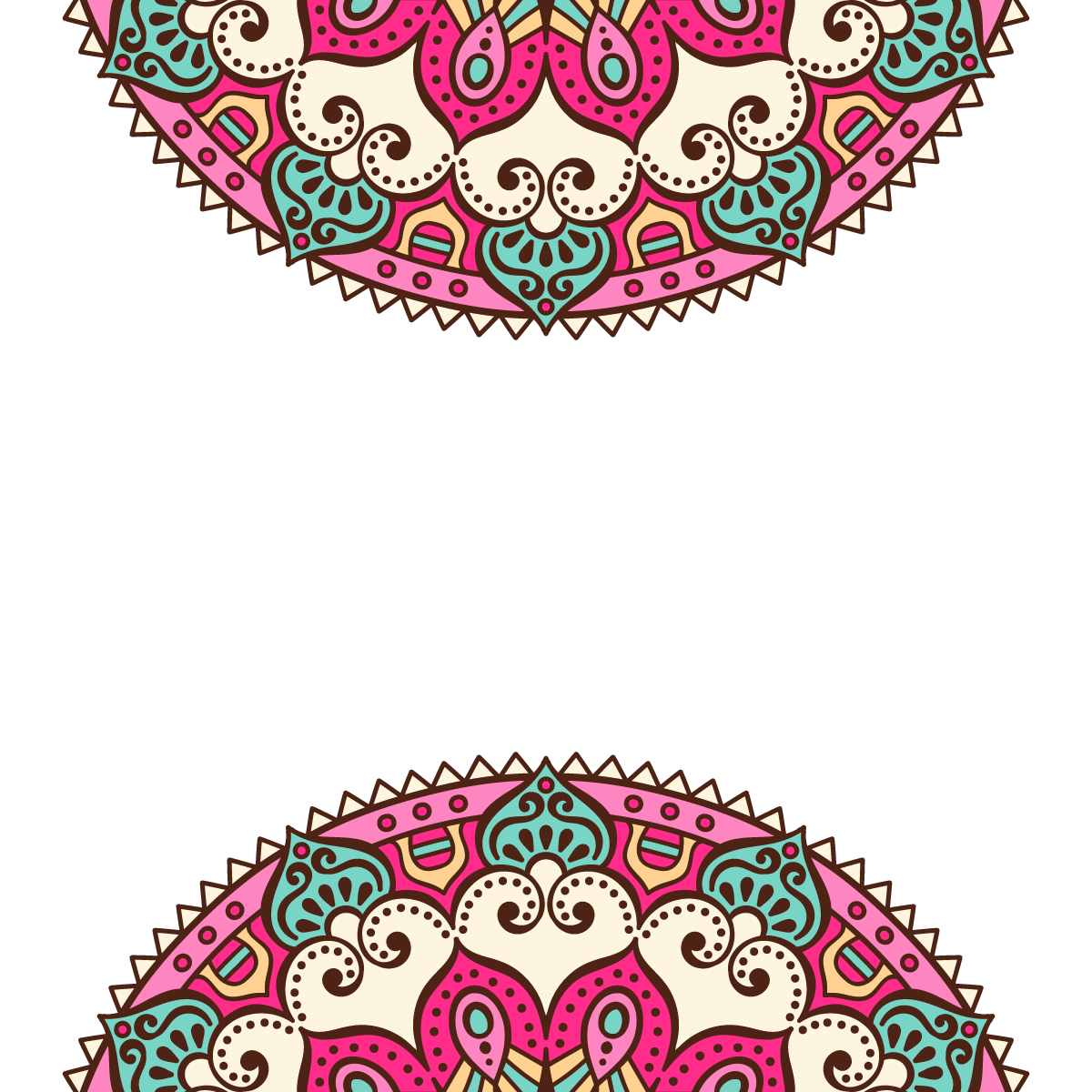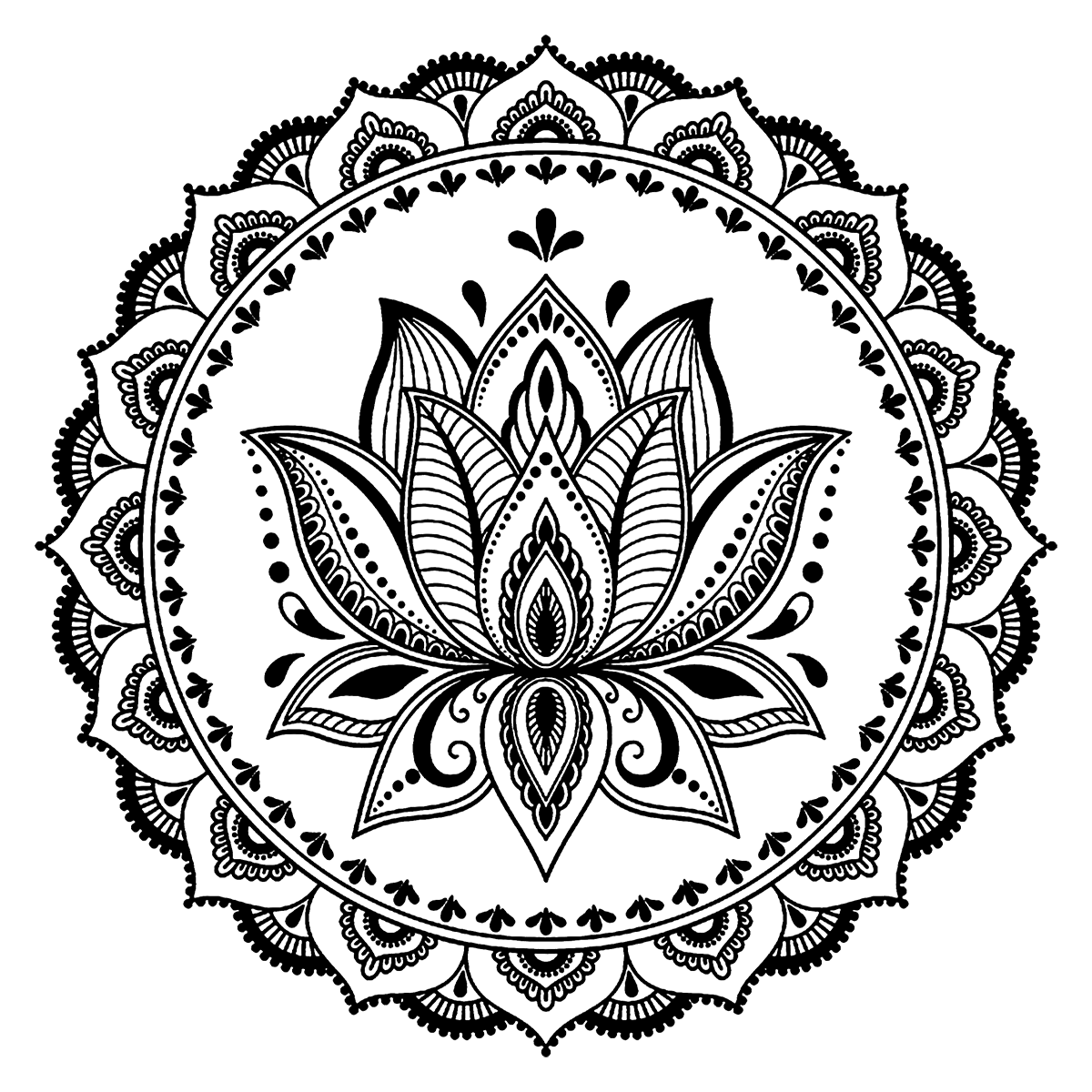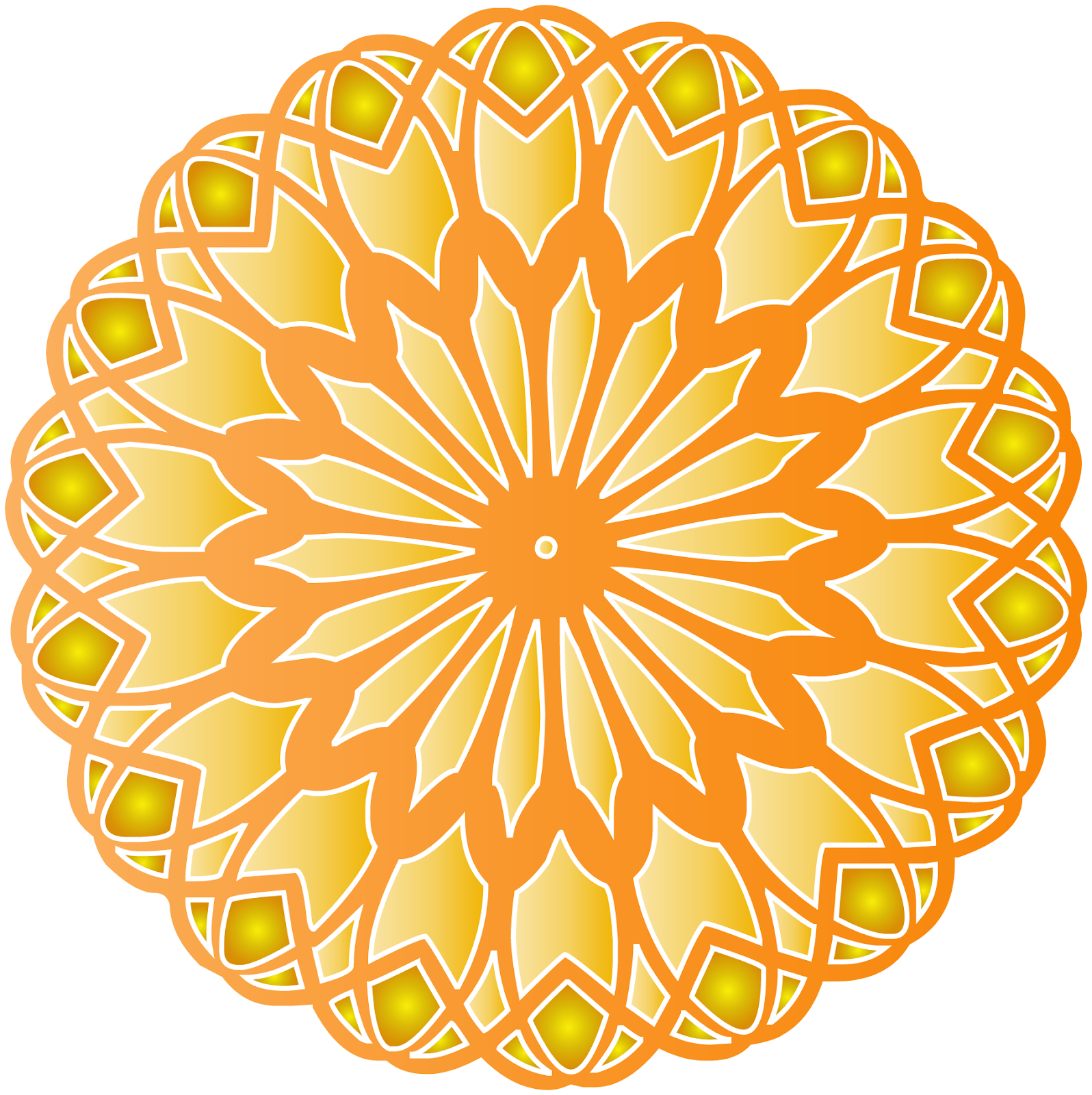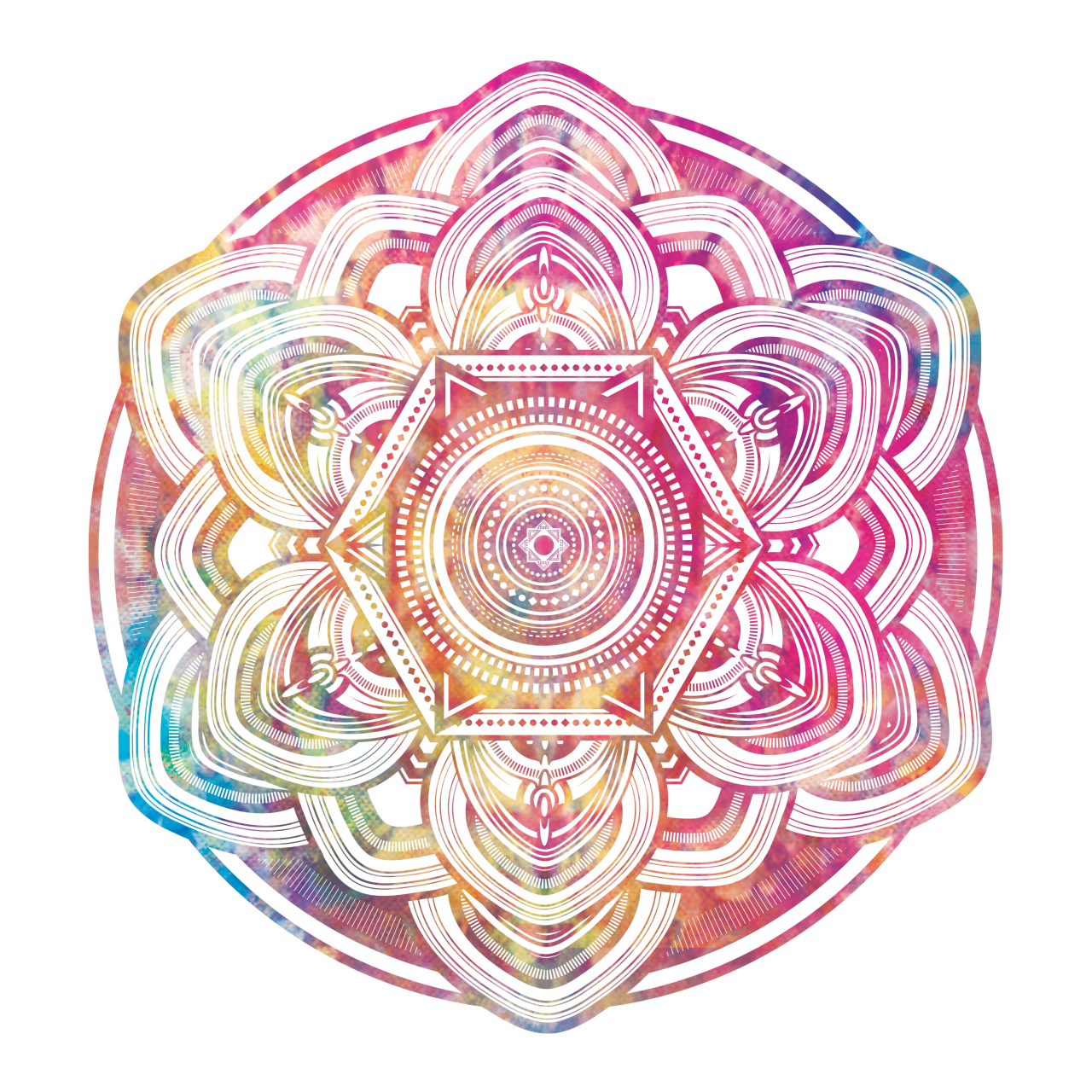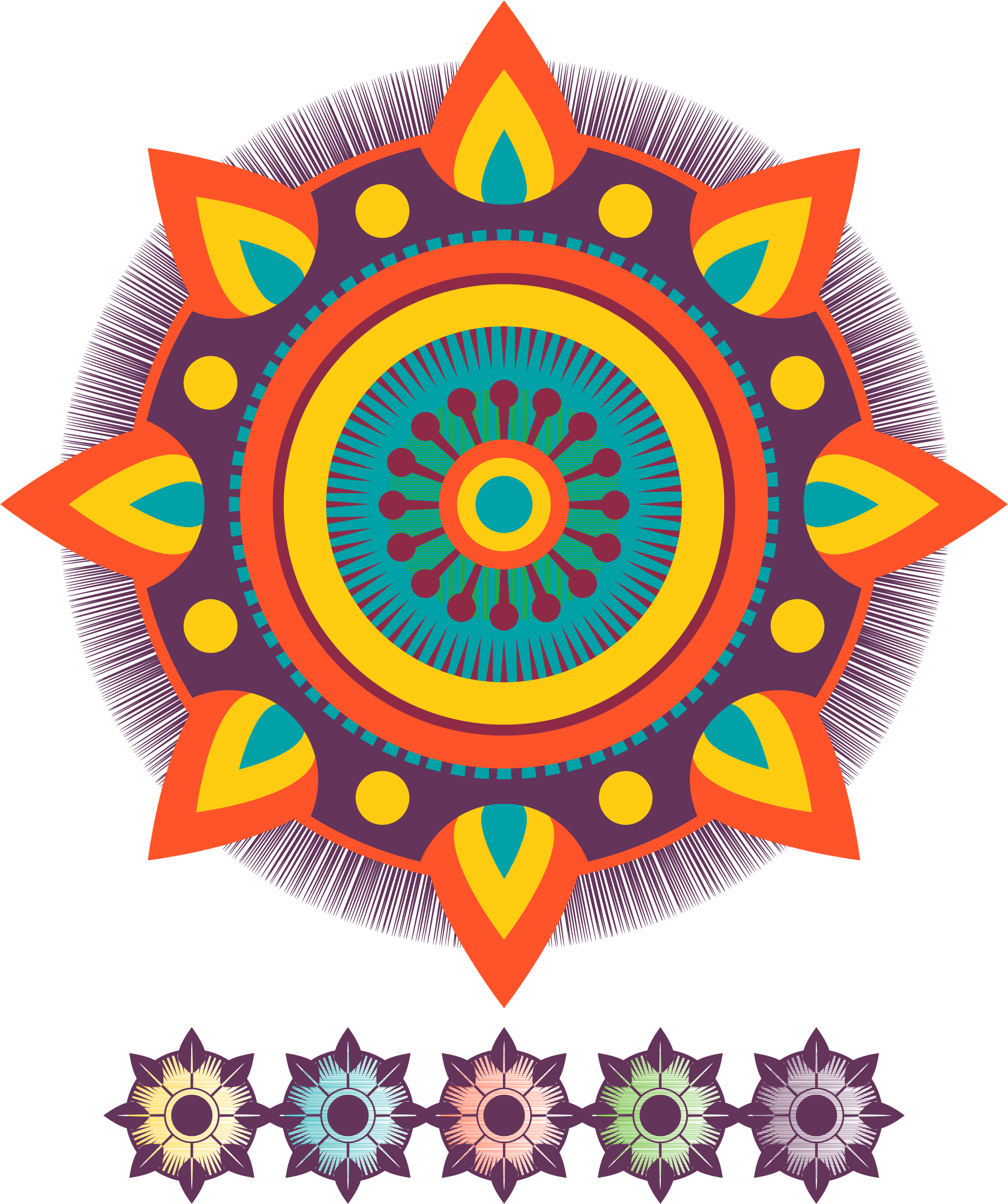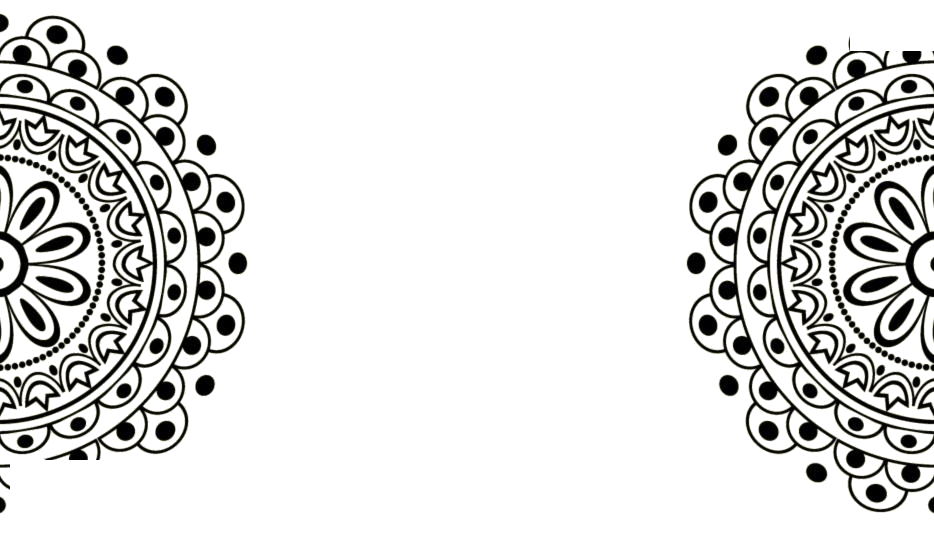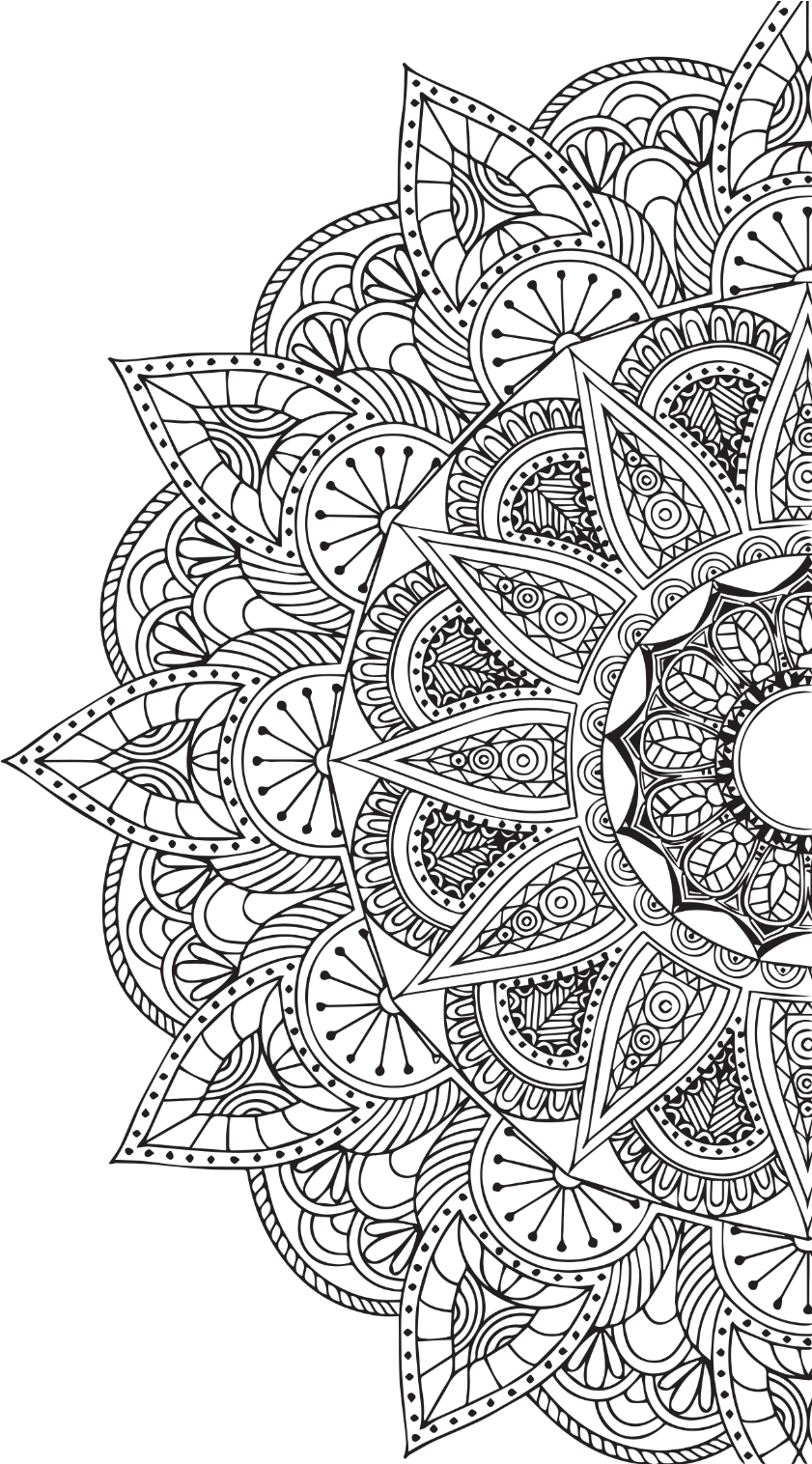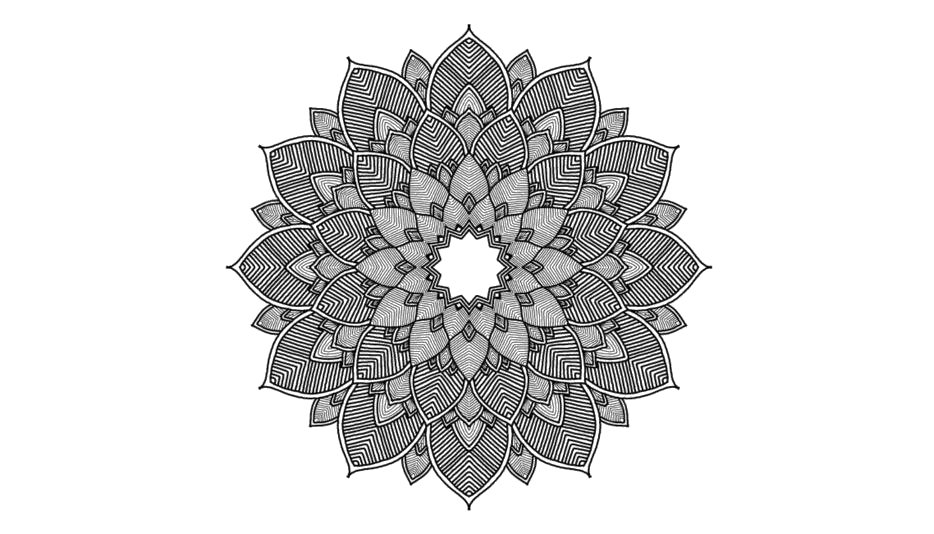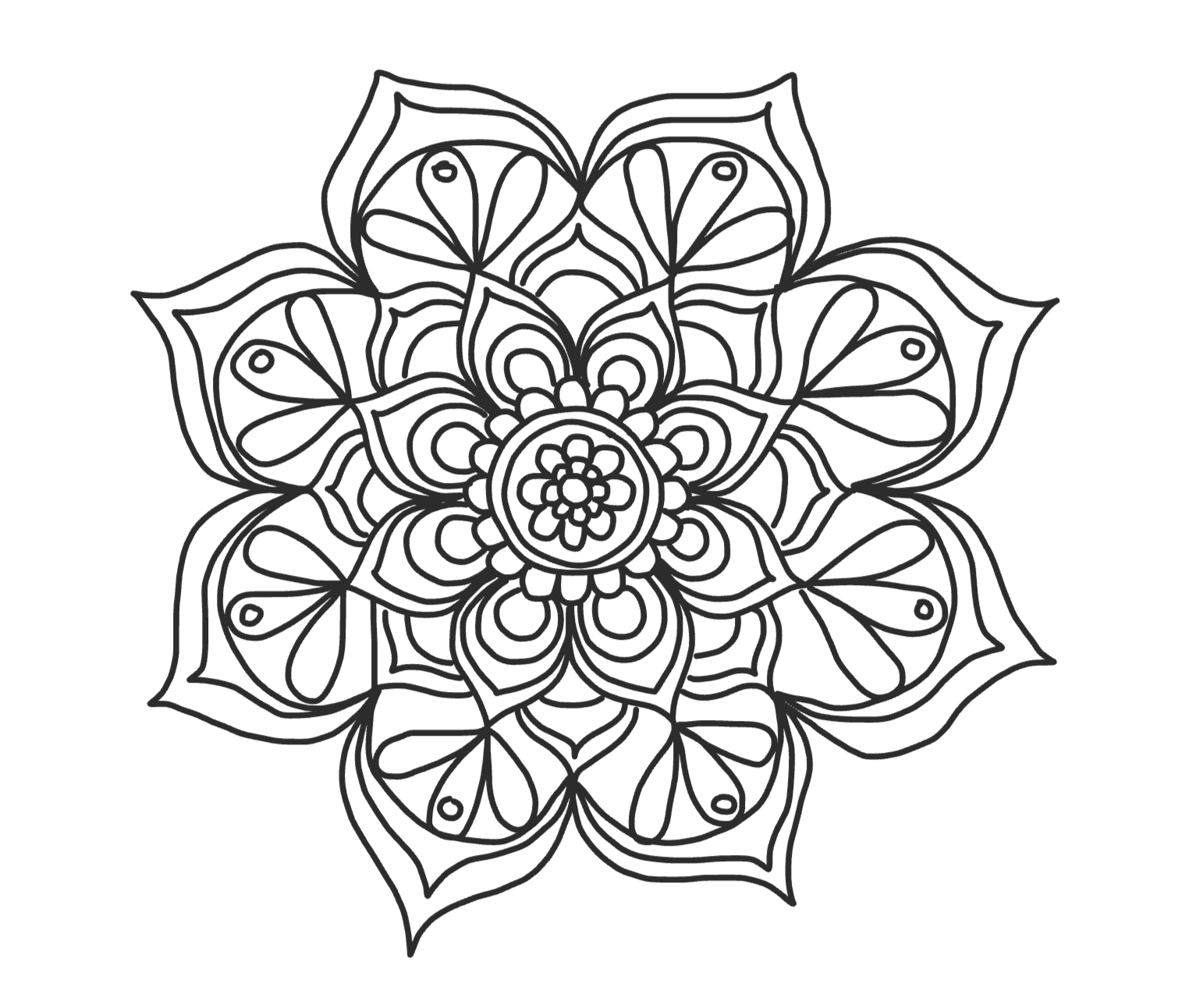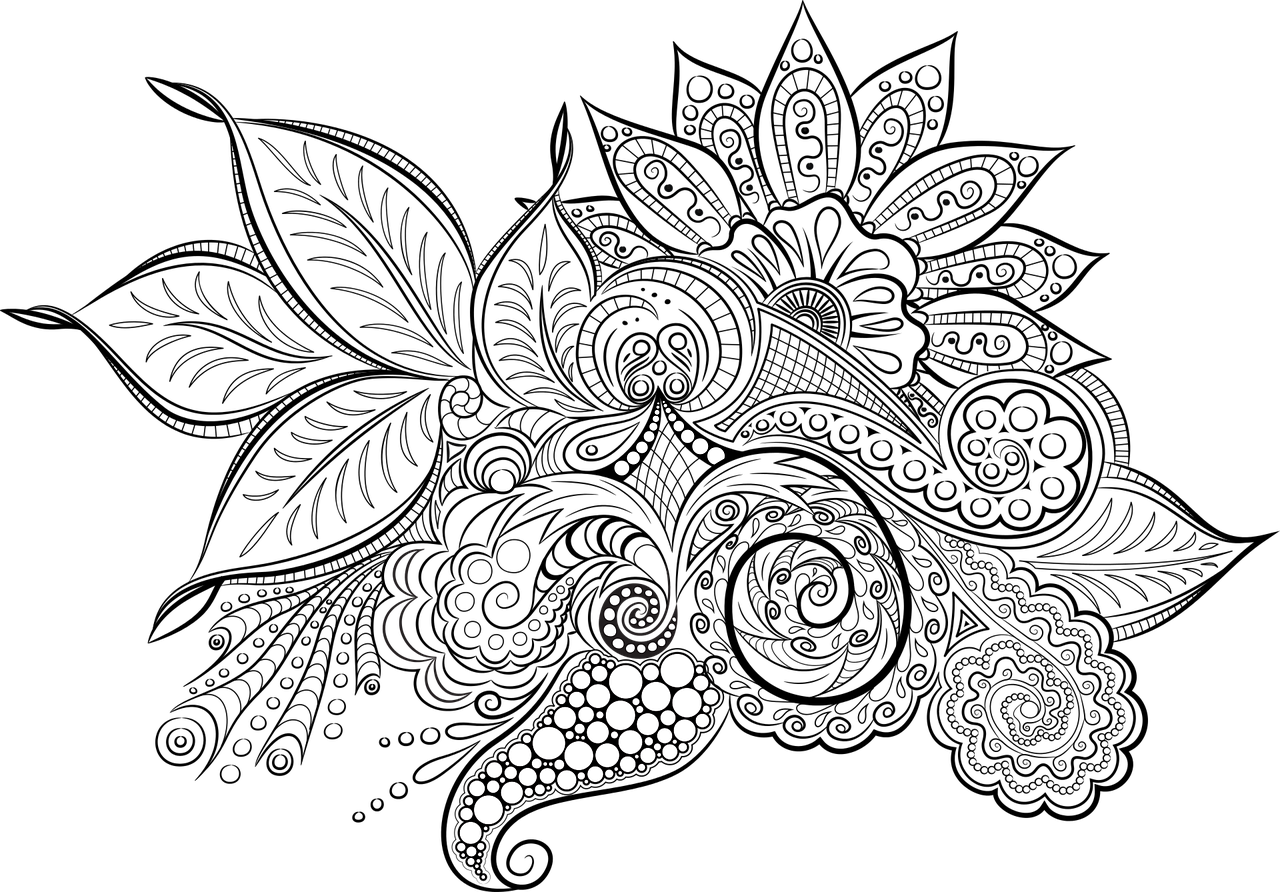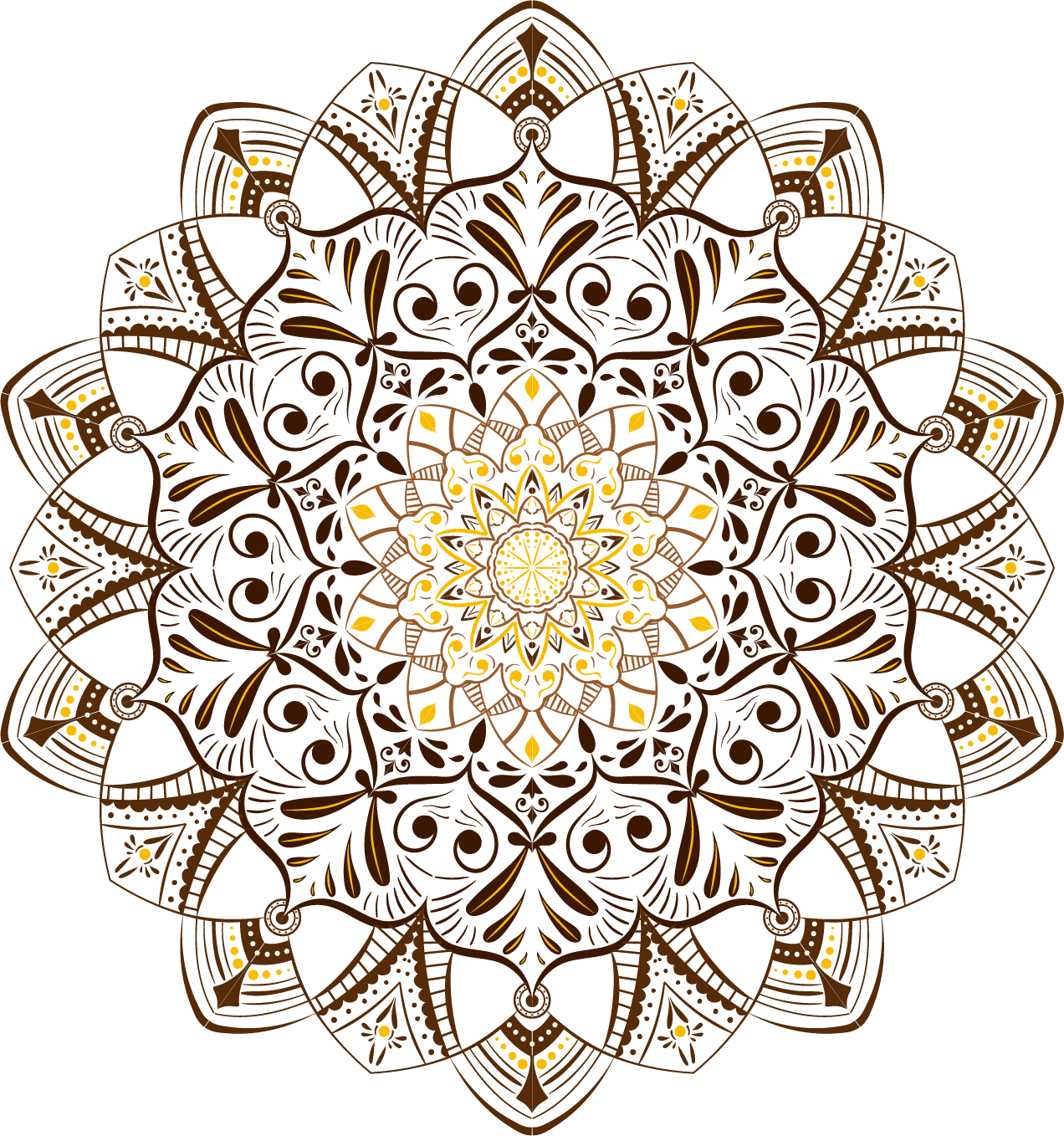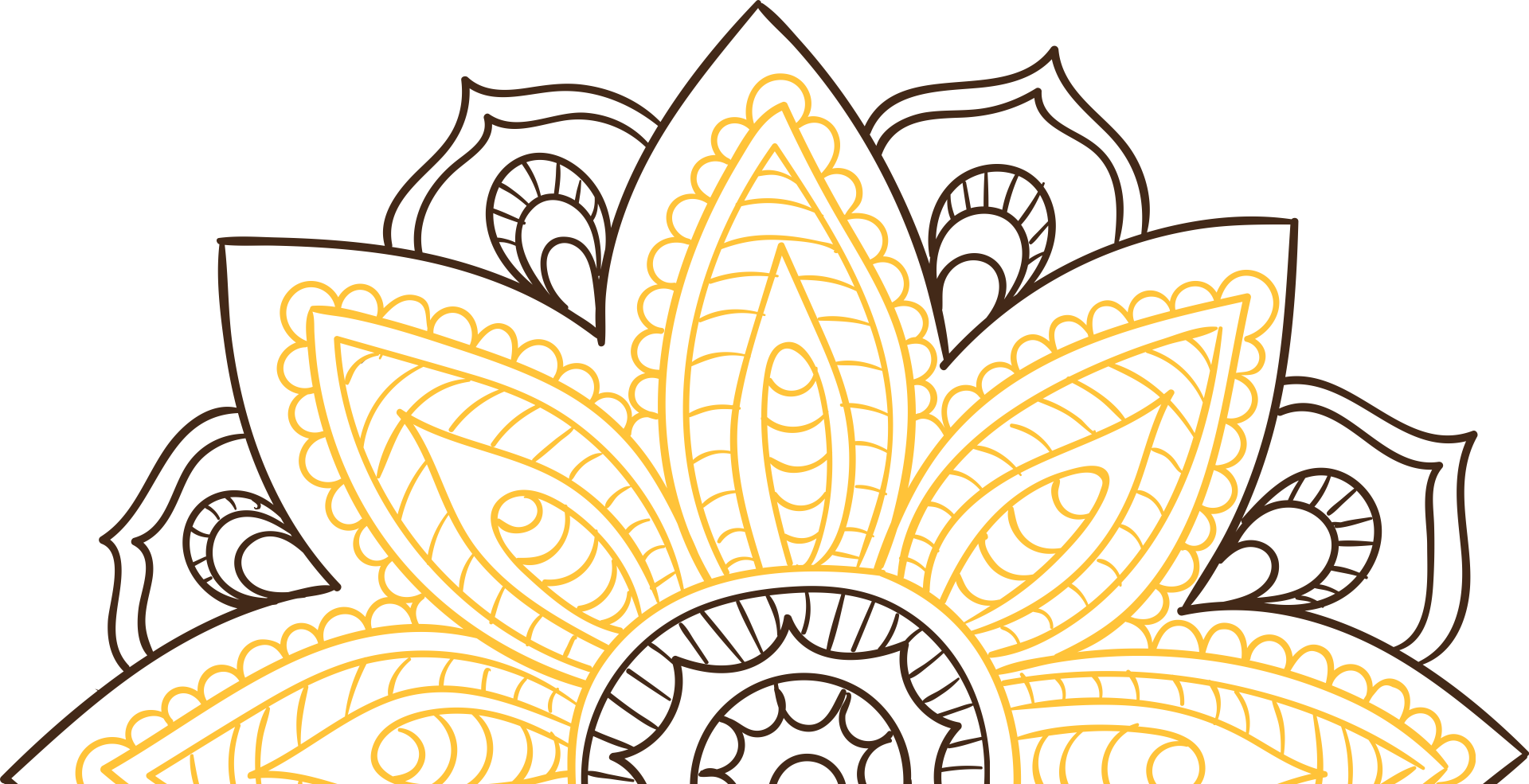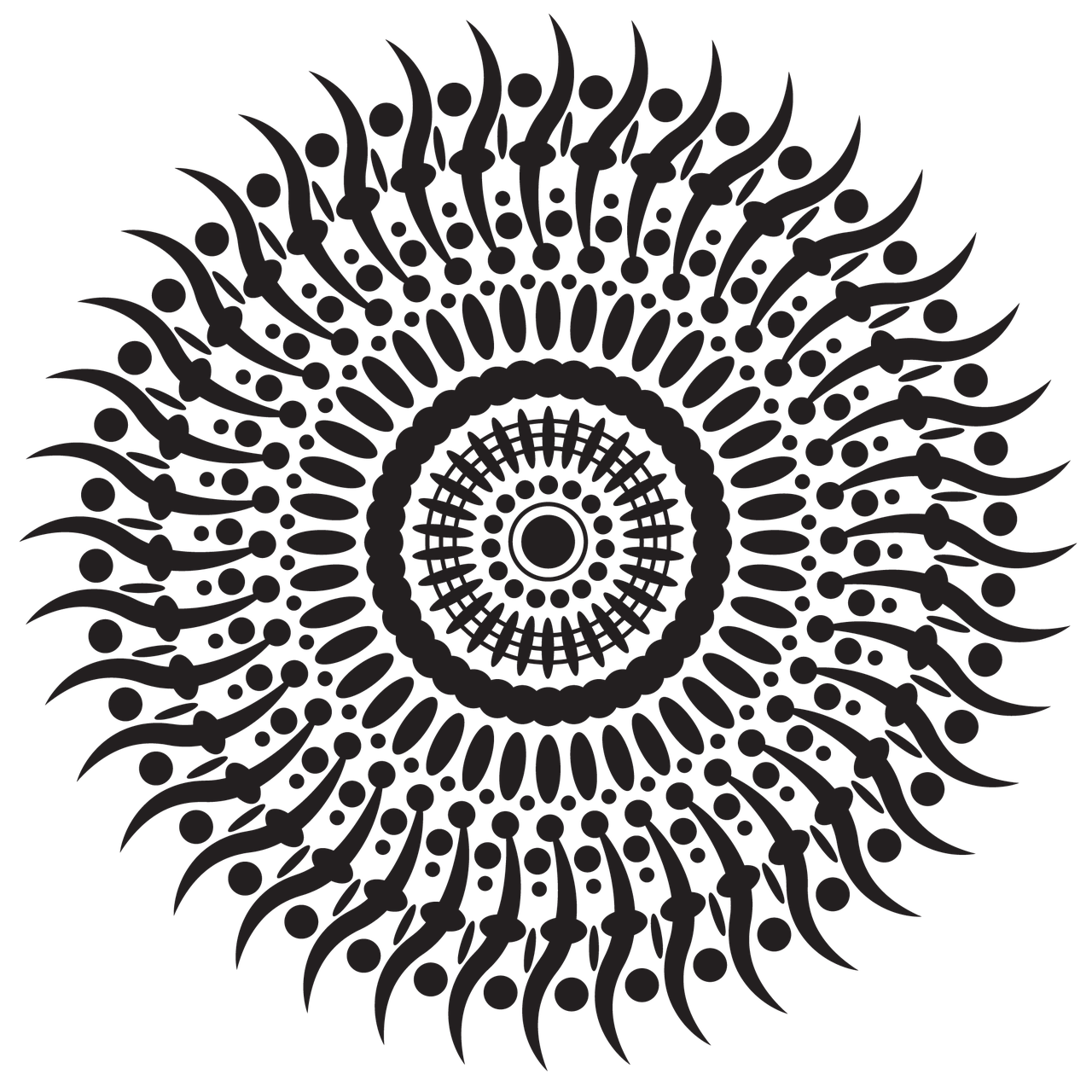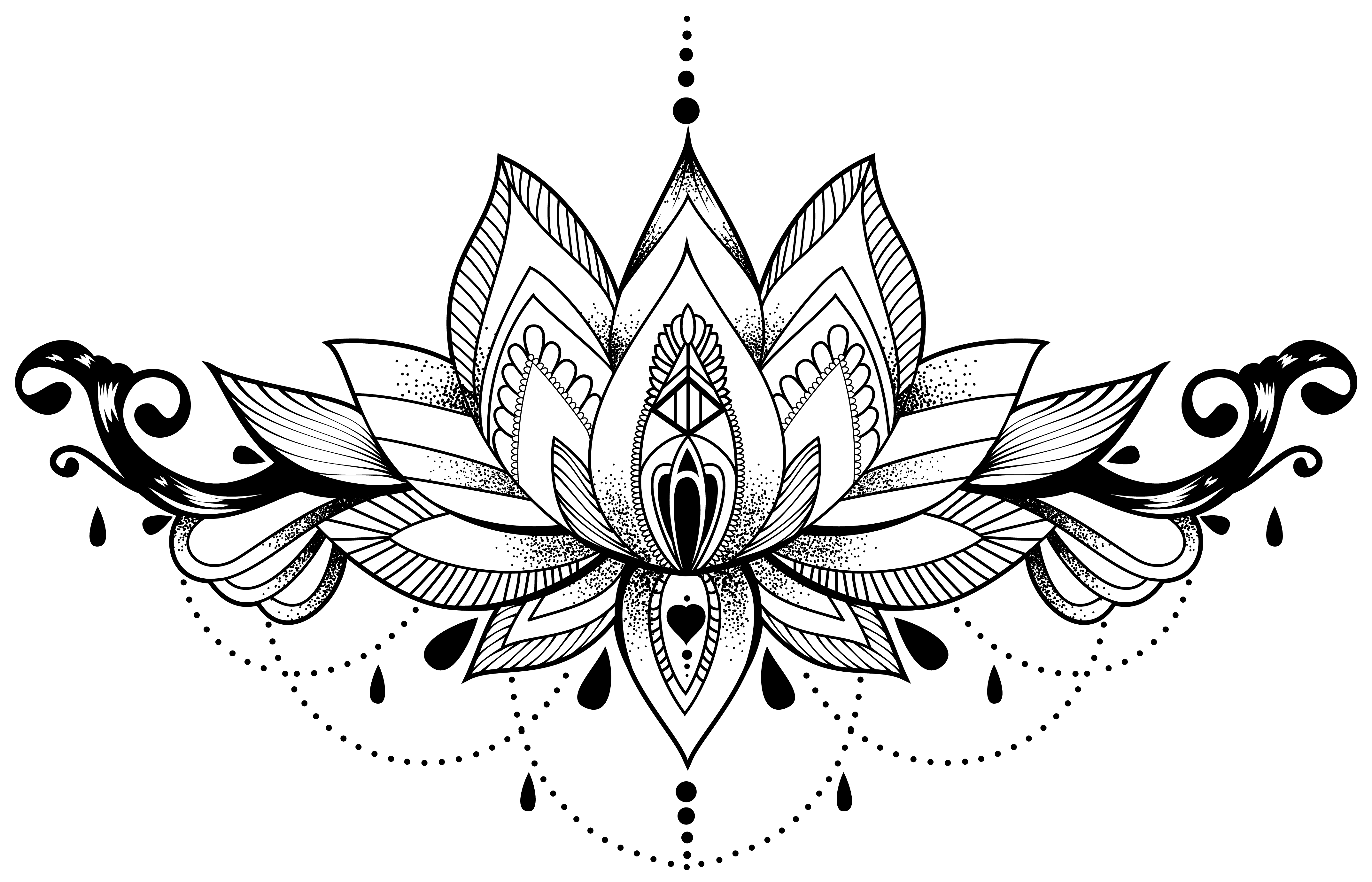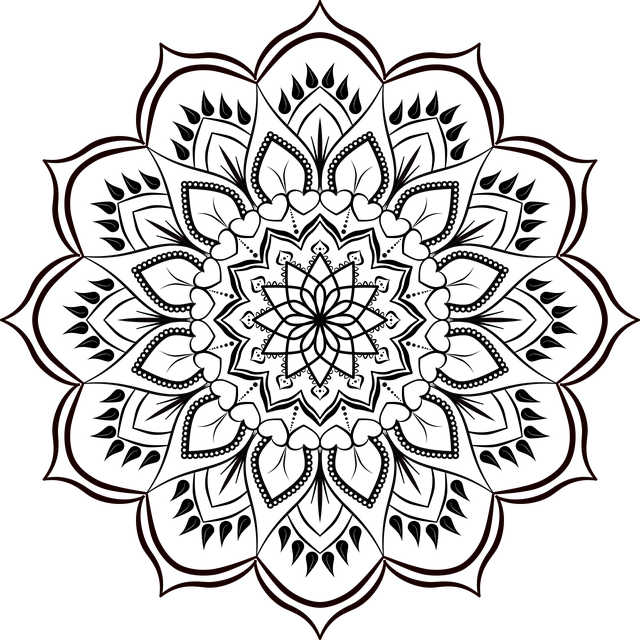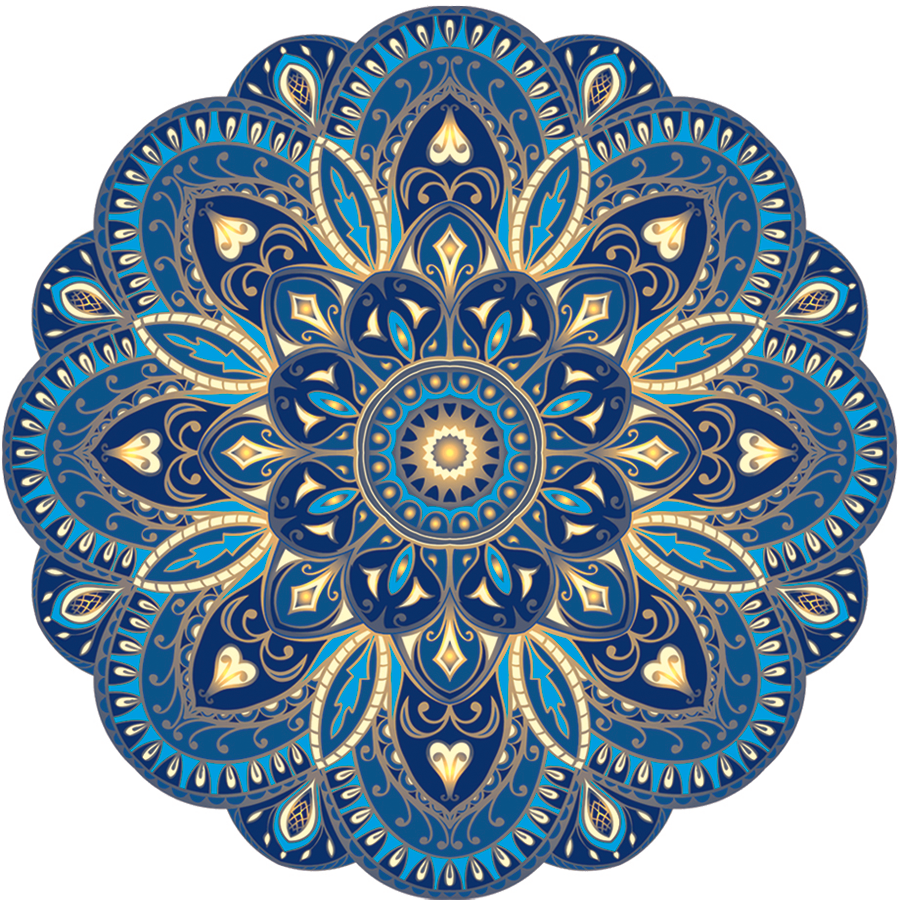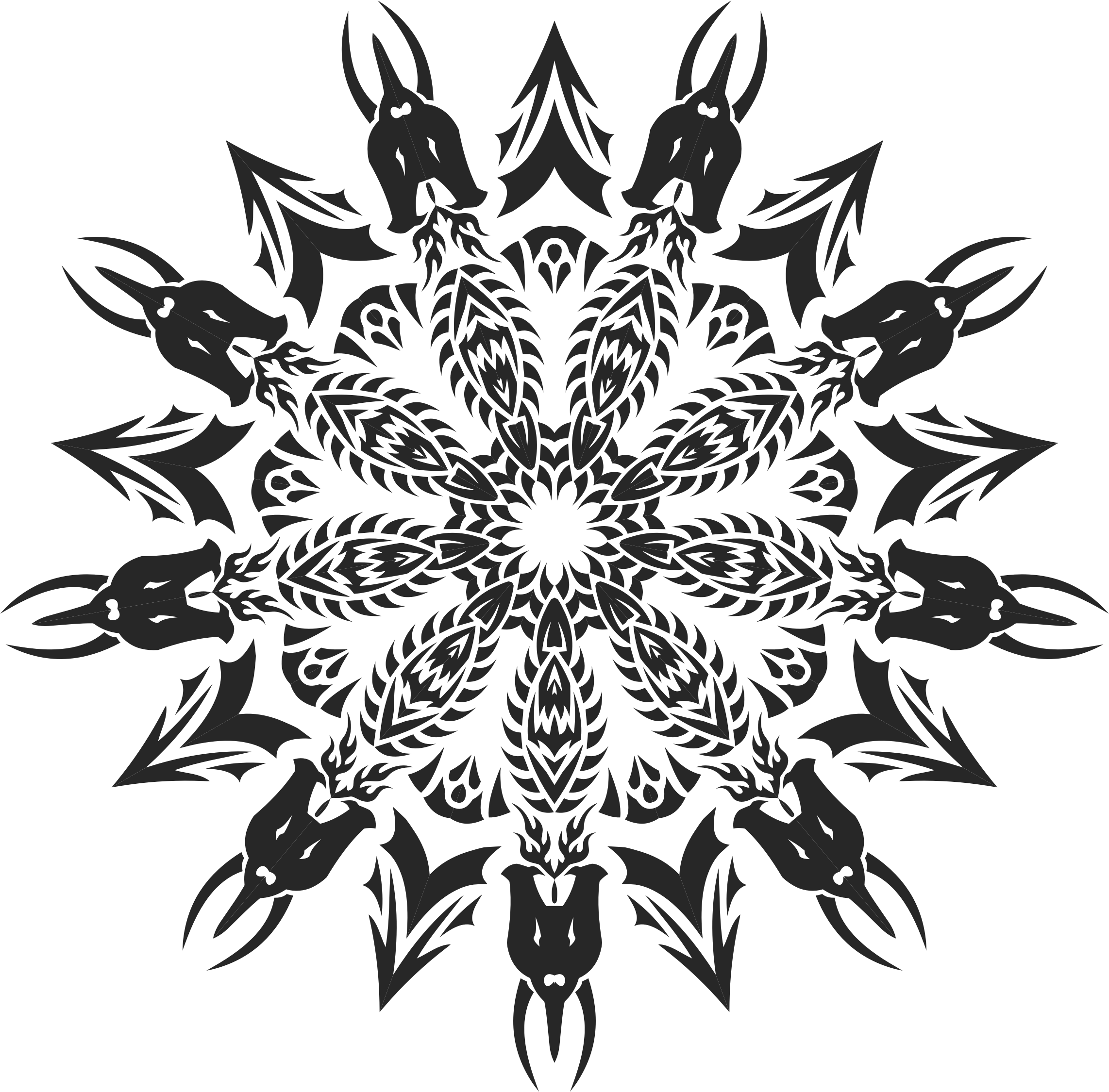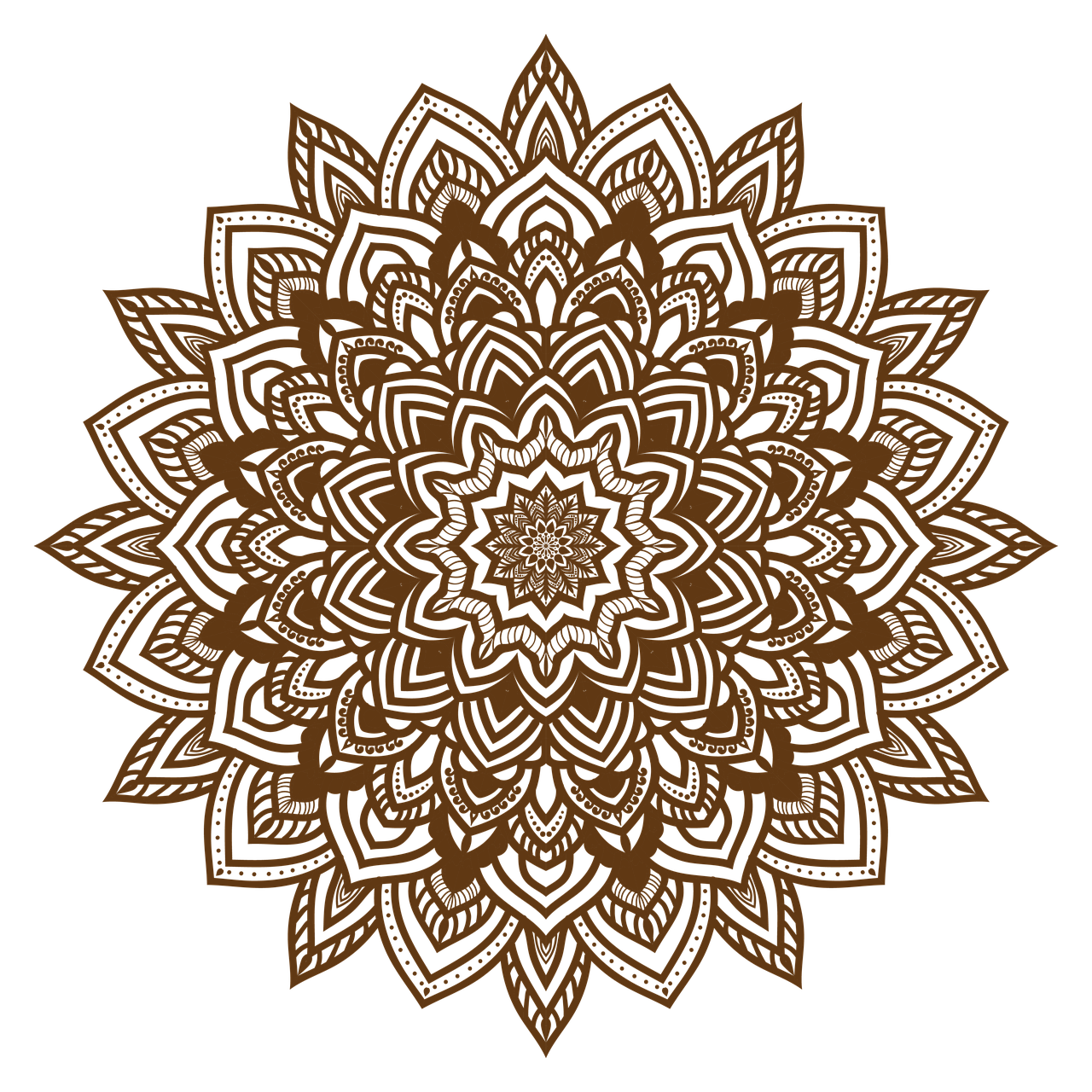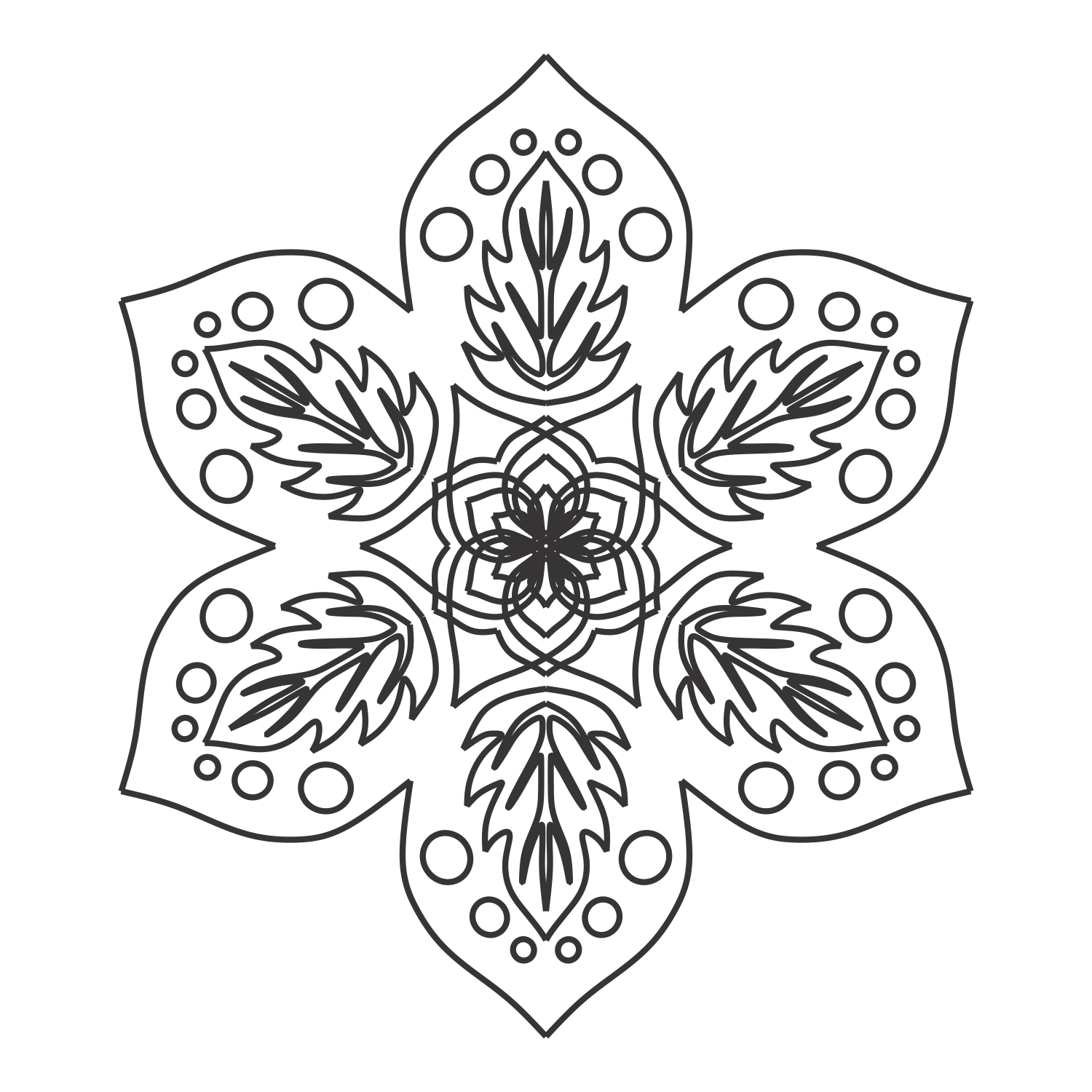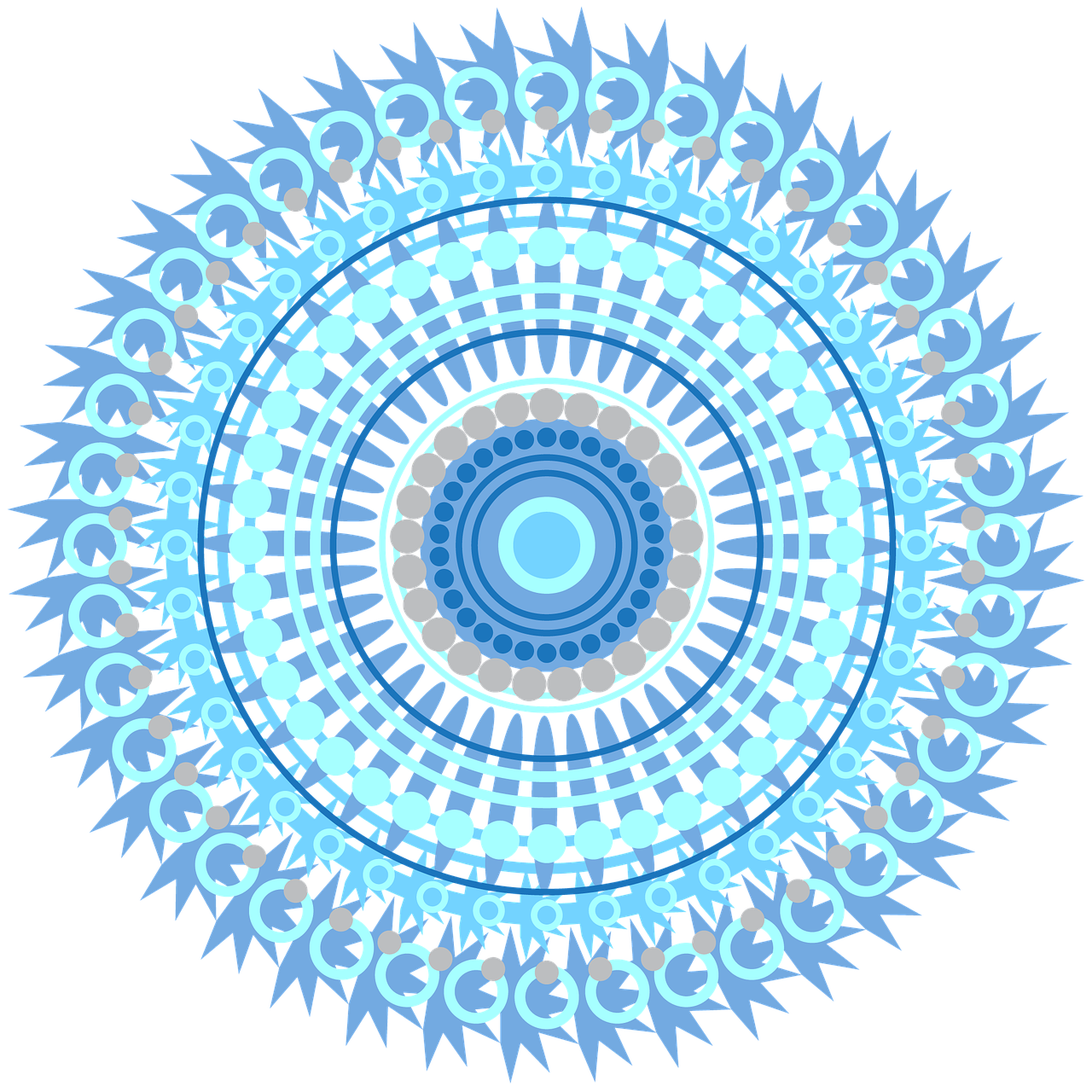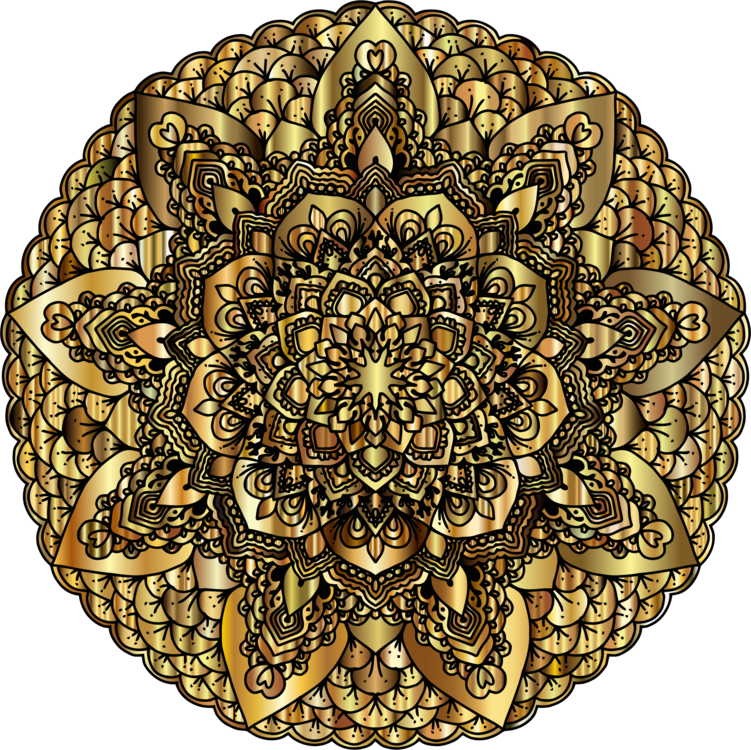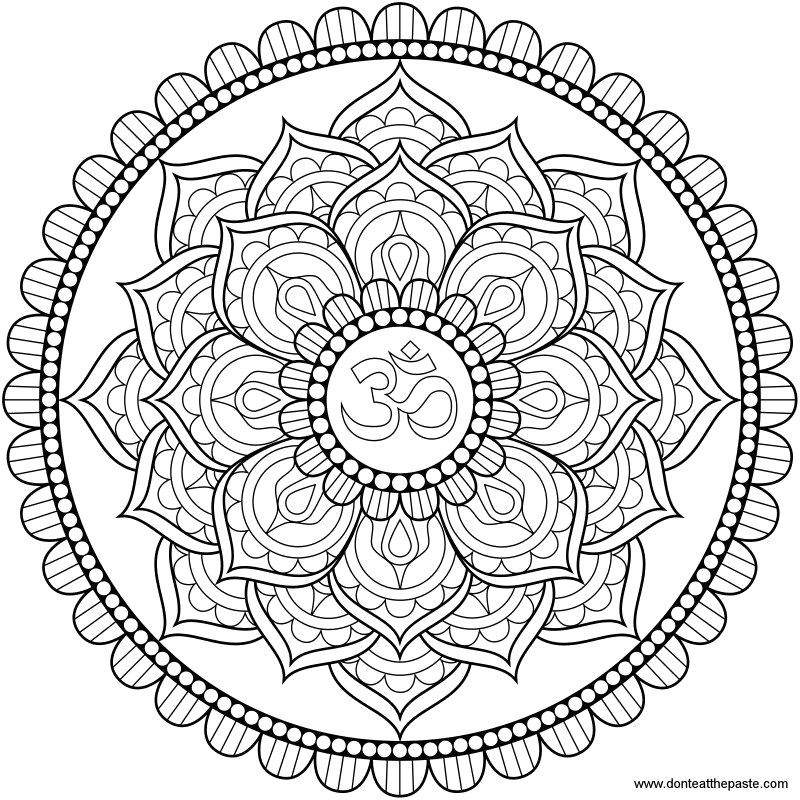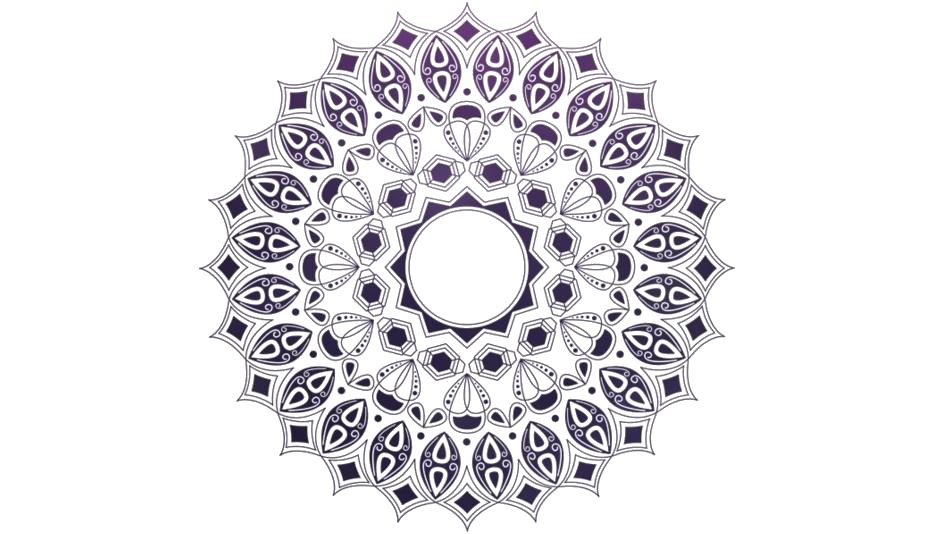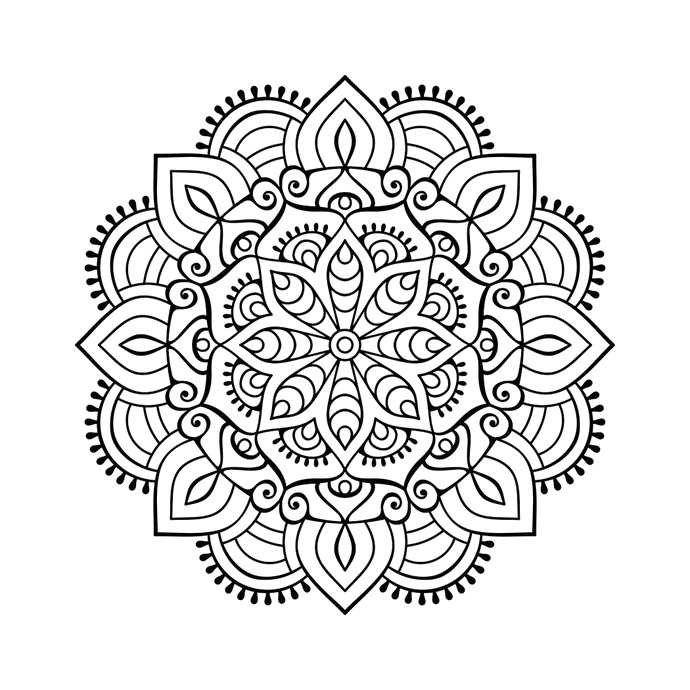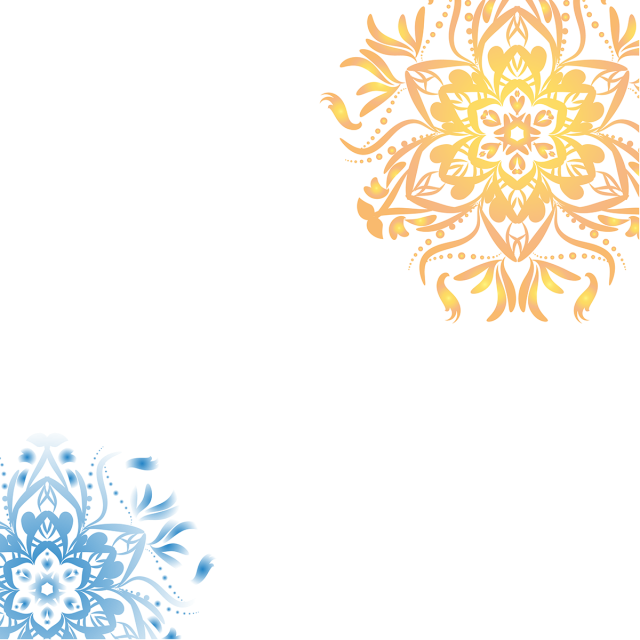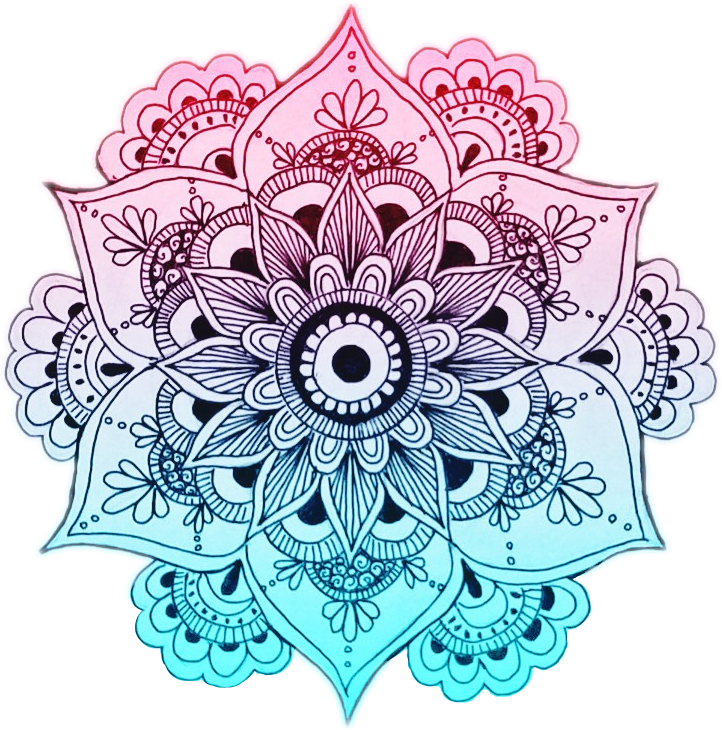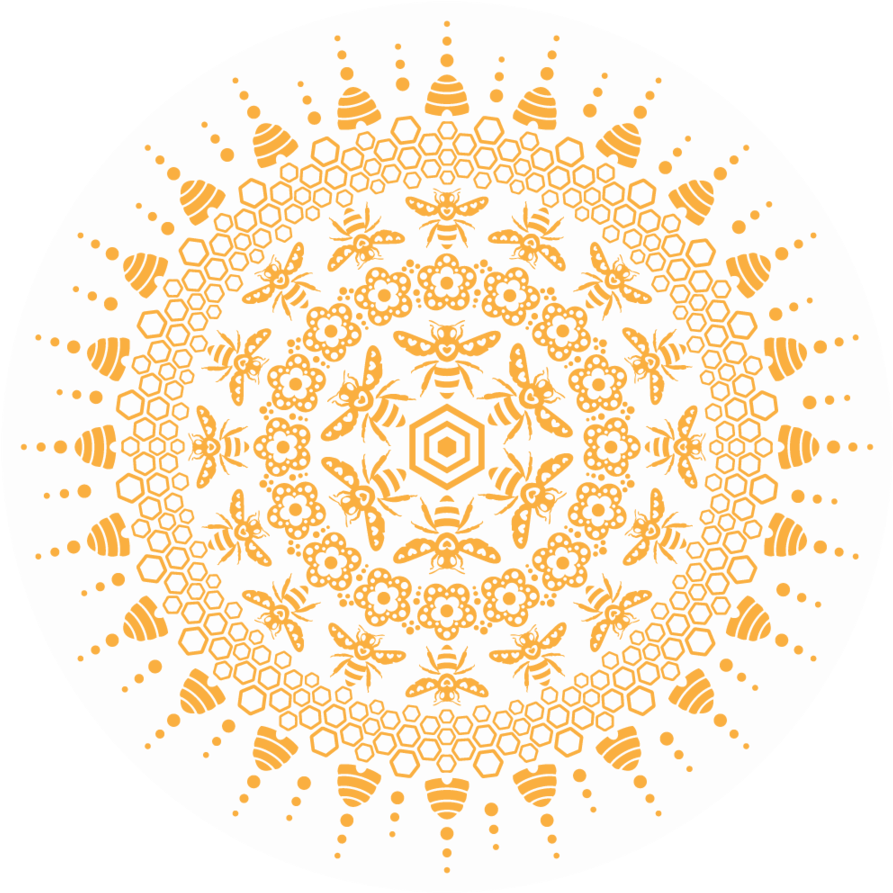Download top and best high-quality free Mandala PNG Transparent Images backgrounds available in various sizes. To view the full PNG size resolution click on any of the below image thumbnail.
License Info: Creative Commons 4.0 BY-NC
A mandala is a geometric formation of symbols. Mandalas are used in various spiritual traditions to help practitioners and adepts focus their attention, as a spiritual guidance tool, create a sacred space, and aid meditation and trance induction.
It is used as a map representing deities or Shintoism, paradises, kami, or actual shrines in the Eastern religions of Hinduism, Buddhism, Jainism, and Shintoism. A mandala, in general, depicts a spiritual journey that begins on the exterior and progresses through layers to the inner core.
A mandala is a 40-day period when the human organism completes one physiological cycle in a spiritual or religious process.
In Hinduism, a simple mandala, also known as a yantra, is shaped as a square with four gates containing a circle with a central point. Each gate is shaped like a T in general. Radial balance is common in mandalas.
A yantra is comparable to a mandala, except it is generally smaller and uses a narrower colour palette. It can be a two- or three-dimensional geometric composition with a mantra utilised in sadhanas, pujas, or contemplative ceremonies.
It is thought to depict the deity’s residence. Each yantra is unique, and the intricate symbolic geometric designs invite the god into the practitioner’s presence. “Yantras act as revelatory emblems of cosmic truths and as instructive maps of the spiritual side of human experience,” according to one academic.
Many people consider yantras to be the focal centre of Hindu tantric practise. Yantras are living, experienced, nondual realities, not representations. As Khanna puts it:
A yantra is a reality lived, notwithstanding its cosmic implications. Every symbol in a yantra is ambivalently resonant in inner-outer synthesis and is associated with the subtle body and aspects of human consciousness, due to the relationship that exists in the Tantras between the outer world (the macrocosm) and man’s inner world (the microcosm).
The term’mandala’ appears in the Rigveda as the name of the sections of the work, and mandalas like the Navagraha mandala are still used in Vedic rituals today.
Mandalas have also been evolved into sandpainting in Vajrayana Buddhism. They’re also an important element of Anuttarayoga Tantra meditation.
The mandala can be seen as a visual representation of the Vajrayana teachings’ fundamental essence. “A microcosm depicting different divine energies at work in the cosmos,” the mind is said to be. The nature of the Pure Land, Enlightened mind, is represented by the mandala.
Vajrabhairava mandala is an example of this type of mandala, which is a silk tapestry woven with gilded paper depicting lavish elements such as crowns and jewellery, giving the piece a three-dimensional effect.
A mandala can also represent the entire universe, which is traditionally depicted in the centre with Mount Meru as the axis mundi and the continents surrounding it. The Cosmological Mandala with Mount Meru, a silk tapestry from the Yuan dynasty that serves as a diagram of Tibetan cosmology and was gifted to China from Nepal and Tibet, is one such example.
Download Mandala PNG images transparent gallery.
- Mandala Vector PNG HD Image
Resolution: 3000 × 3000
Size: 334 KB
Image Format: .png
Download
- Mandala PNG Images HD
Resolution: 1392 × 1392
Size: 582 KB
Image Format: .png
Download
- Mandala PNG Free Image
Resolution: 1405 × 2211
Size: 342 KB
Image Format: .png
Download
- Mandala PNG Image File
Resolution: 952 × 952
Size: 127 KB
Image Format: .png
Download
- Mandala Vector PNG Image HD
Resolution: 3000 × 3000
Size: 269 KB
Image Format: .png
Download
- Mandala Vector No Background
Resolution: 1200 × 1200
Size: 276 KB
Image Format: .png
Download
- Mandala Vector PNG Free Image
Resolution: 980 × 980
Size: 188 KB
Image Format: .png
Download
- Mandala Vector PNG Image File
Resolution: 1200 × 1200
Size: 728 KB
Image Format: .png
Download
- Mandala Vector Background PNG
Resolution: 1596 × 1600
Size: 937 KB
Image Format: .png
Download
- Mandala Vector PNG Background
Resolution: 1280 × 1280
Size: 1827 KB
Image Format: .png
Download
- Mandala Background PNG
Resolution: 1882 × 2248
Size: 938 KB
Image Format: .png
Download
- Mandala PNG Background
Resolution: 934 × 534
Size: 460 KB
Image Format: .png
Download
- Mandala
Resolution: 841 × 1516
Size: 693 KB
Image Format: .png
Download
- Mandala PNG
Resolution: 934 × 534
Size: 494 KB
Image Format: .png
Download
- Mandala PNG Pic
Resolution: 1542 × 1292
Size: 1087 KB
Image Format: .png
Download
- Mandala PNG File
Resolution: 1280 × 892
Size: 530 KB
Image Format: .png
Download
- Mandala PNG Image
Resolution: 1272 × 1358
Size: 459 KB
Image Format: .png
Download
- Mandala PNG Photo
Resolution: 1920 × 985
Size: 593 KB
Image Format: .png
Download
- Mandala PNG Cutout
Resolution: 894 × 894
Size: 202 KB
Image Format: .png
Download
- Mandala PNG Images
Resolution: 1280 × 1280
Size: 694 KB
Image Format: .png
Download
- Mandala PNG Photos
Resolution: 4293 × 2759
Size: 588 KB
Image Format: .png
Download
- Mandala Transparent
Resolution: 640 × 640
Size: 228 KB
Image Format: .png
Download
- Mandala Vector
Resolution: 1122 × 1280
Size: 528 KB
Image Format: .png
Download
- Mandala Vector PNG
Resolution: 900 × 900
Size: 1470 KB
Image Format: .png
Download
- Mandala Vector PNG Pic
Resolution: 2284 × 2250
Size: 815 KB
Image Format: .png
Download
- Mandala Vector PNG File
Resolution: 1280 × 1280
Size: 1448 KB
Image Format: .png
Download
- Mandala Vector PNG Image
Resolution: 1500 × 1500
Size: 438 KB
Image Format: .png
Download
- Mandala Vector PNG Photo
Resolution: 1280 × 1280
Size: 1336 KB
Image Format: .png
Download
- Mandala PNG Clipart
Resolution: 751 × 750
Size: 899 KB
Image Format: .png
Download
- Mandala PNG Picture
Resolution: 800 × 800
Size: 625 KB
Image Format: .png
Download
- Mandala PNG HD Image
Resolution: 934 × 534
Size: 528 KB
Image Format: .png
Download
- Mandala PNG Image HD
Resolution: 690 × 690
Size: 144 KB
Image Format: .png
Download
- Mandala No Background
Resolution: 640 × 640
Size: 157 KB
Image Format: .png
Download
- Mandala Vector PNG Cutout
Resolution: 900 × 720
Size: 127 KB
Image Format: .png
Download
- Mandala Vector PNG Images
Resolution: 943 × 384
Size: 130 KB
Image Format: .png
Download
- Mandala Vector PNG Photos
Resolution: 1200 × 800
Size: 398 KB
Image Format: .png
Download
- Mandala Vector Transparent
Resolution: 722 × 730
Size: 993 KB
Image Format: .png
Download
- Mandala Vector PNG Clipart
Resolution: 2140 × 2140
Size: 279 KB
Image Format: .png
Download
- Mandala Vector PNG Picture
Resolution: 893 × 893
Size: 732 KB
Image Format: .png
Download

